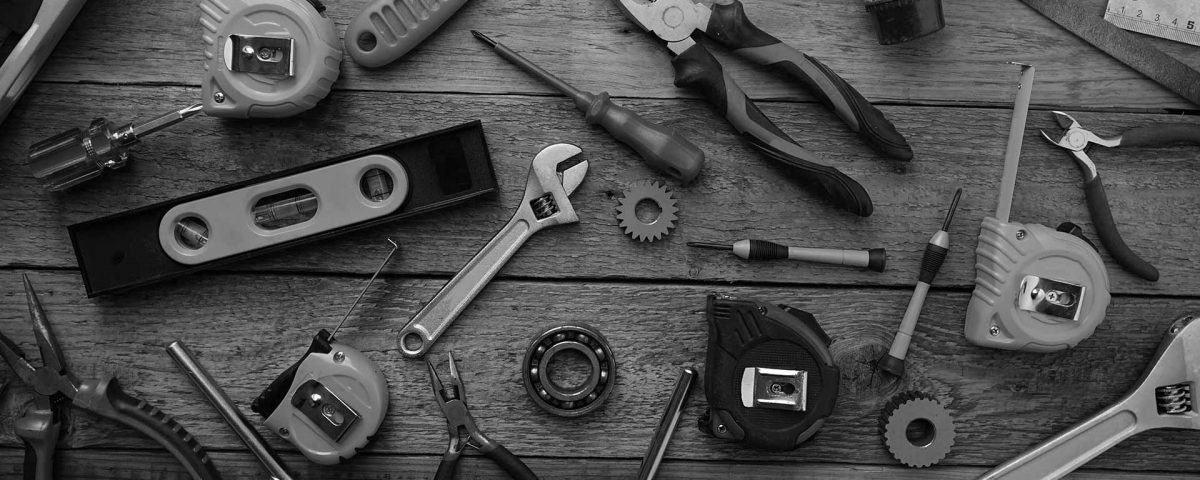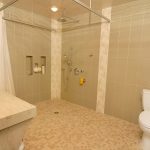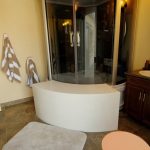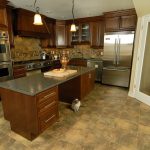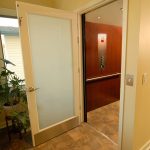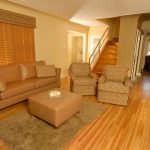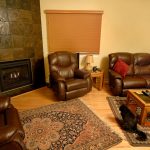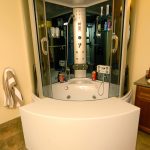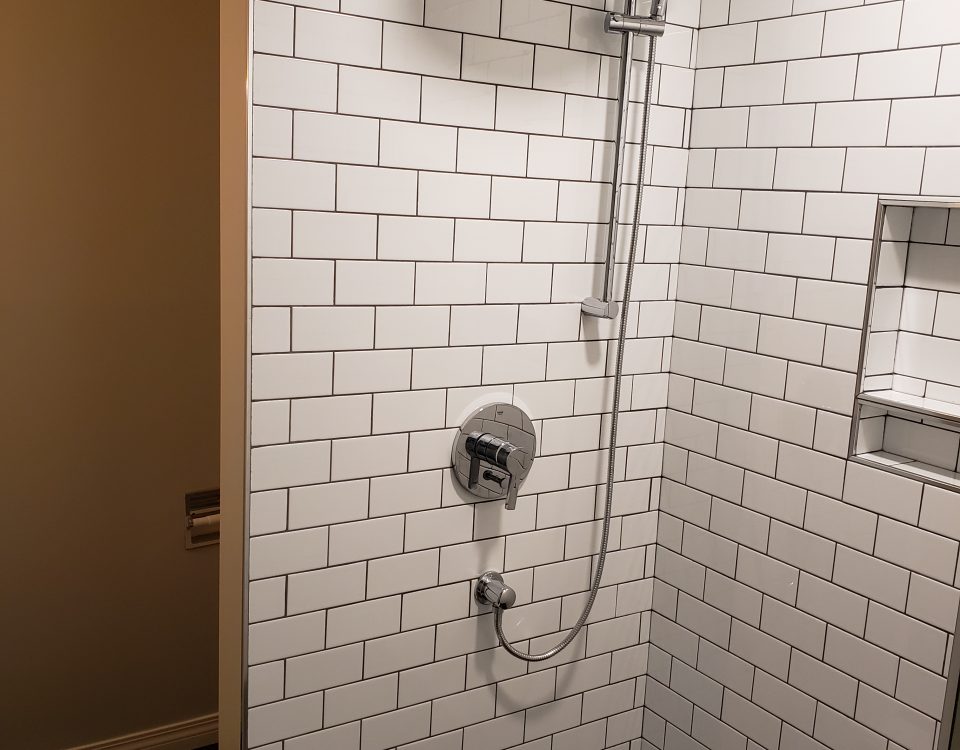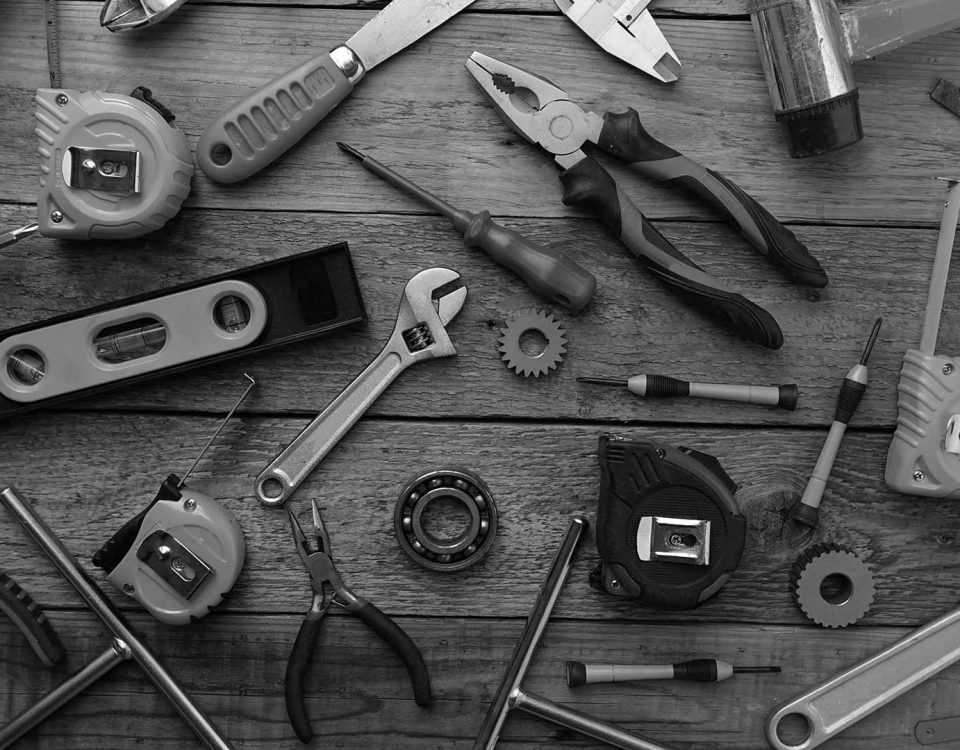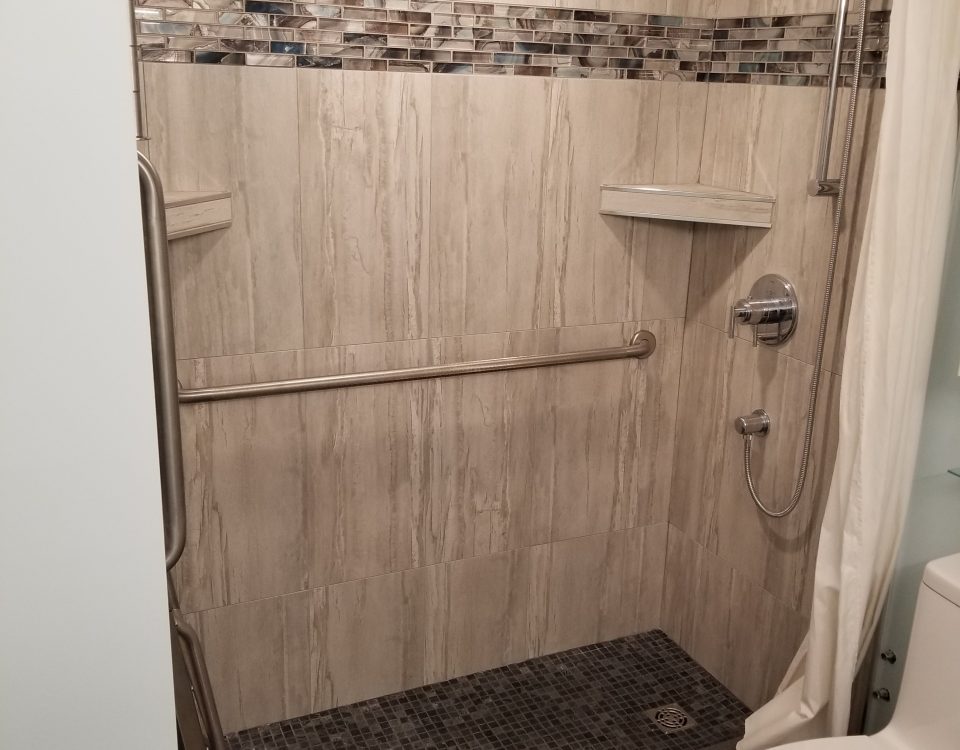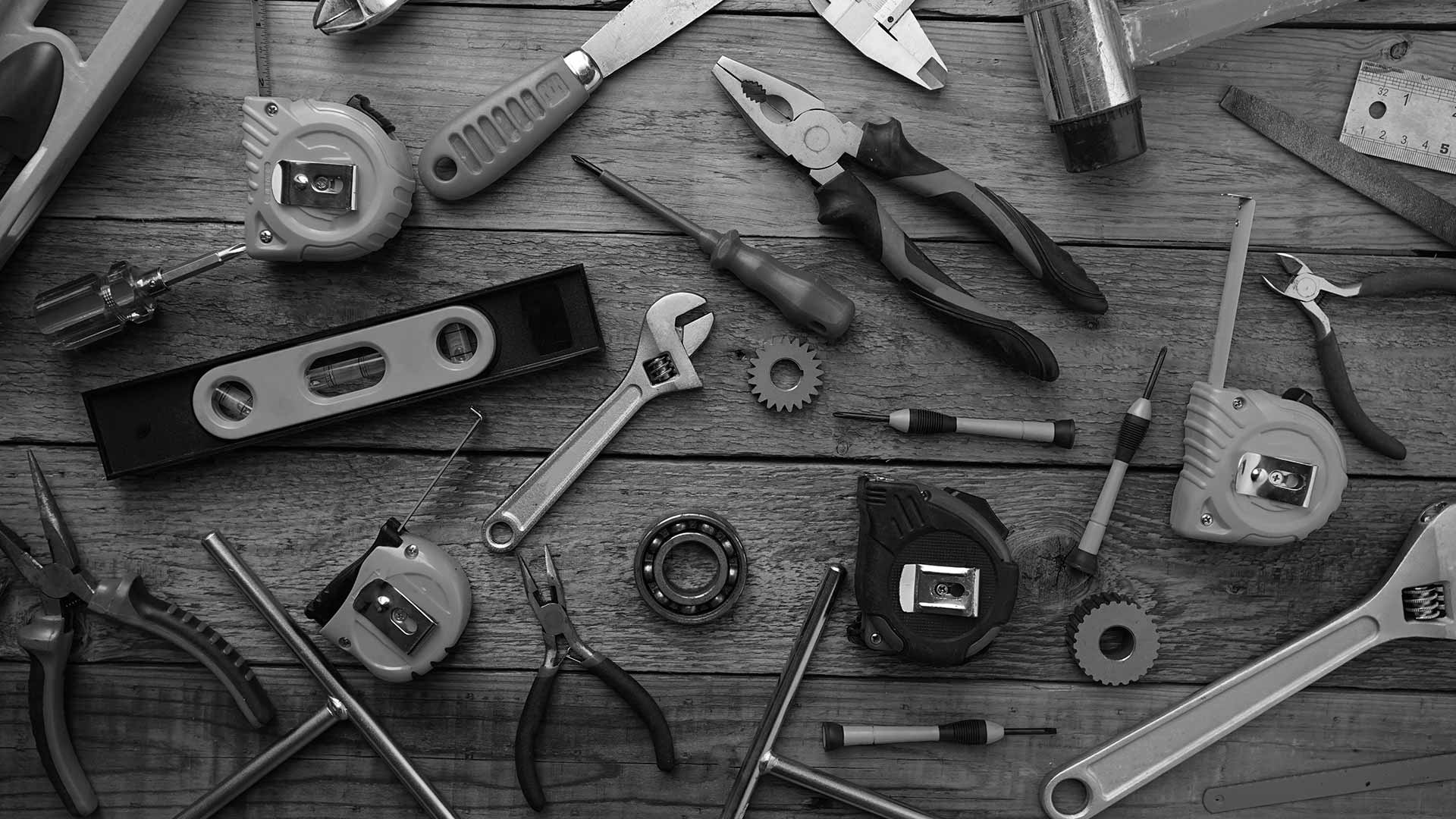

Renovating for Accessibility
On our last blog post, we looked at some of the myths of accessibility renovations. If I’ve convinced you that you should incorporate some accessibility renovations into your next home renovation project, here are some ways you can make your home more accessible.
Low Profile Thresholds
You might not notice it, but quite often, the entry doors to your home have a sill at the bottom that can be difficult for some people to negotiate. A typical front entry door might have 2 or more inches on the inside and 6 or more inches on the outside. For a person in a wheelchair or someone with reduced mobility, this can make getting into and out of a home a nightmare. A low profile threshold is a door that is set into an opening so that is nearly flush with the inside floor and outside porch, thus making it much easier to get over the door’s threshold.
Wider Doorways
Still on the topic of doors, let turn to the width of the interior doors in your home. In a lot of older homes, standard doors are around 30 inches wide. It’s also common to see 28 inch doors for things like ensuite bathrooms. At 30 inches, it’s difficult to navigate a walker or a wheelchair through these openings. Try to install doors that are a minimum of 32 inches wide. They allow for easier navigation in your home.
Lever Hardware
Yet another door change, your doors should have handles that are levers, not knobs. For people with arthritis or reduced mobility, turning a door knob can be a difficult task. A lever is much easier to push down, and in my opinion, they look a lot classier too. Just be wary that levers are also easy for toddlers to turn as well. Every door in my home has a levered handle and occasionally I find my 16 month old son in the bathroom playing in the toilet.
Plugs and Switches
Switches are usually set around 4 feet off the ground and plugs are around 16 inches off the ground. Lowering yours switches so they sit at about 3 feet off the ground and raising your plugs to 24 inches puts them in easier reach for someone in a wheelchair or someone with reduced mobility. Moving your plugs higher, however, means paying more attention to dangling cords, which can get in the way of wheelchairs and walkers.
Toilets
Consider installing a high mount toilet. High mount toilets are, on average, 2 inches taller than a regular toilet. Two inches might not sound like a big deal, but for a person with arthritis or reduced mobility, it’s a lot easier to get into a seated position. If you doubt me on this one, head off to the gym and do a work out of nothing but squats and lunges. The next day, you’ll wish you had a high mount toilet.
Flooring
Hard surface flooring is the key to making your home more accessible. Carpet provides a lot of resistance and therefore is not a good choice for someone in a wheelchair. Linoleum is not the best either. It’s not that difficult to navigate, but it can take a real beating from wheelchair wheels and walkers. Hardwood Floors are a good choice. The aluminium oxide finish on most hardwood floors today can stand up well, but the floor may need to be refinished from time to time. The winner for flooring is tile. A properly tiled floor can stand up to a lot of wear and tear. Porcelain is a better choice than ceramic because it’s harder. Just remember that tile can get slippery when wet.
Grab Bar/Hand Shower
A lot of fixture manufacturers now make a hand shower that also comes with a grab bar. They are fully adjustable and provide a secure place in the shower to grab onto. Not only that, but hand showers are great for giving your kids or your pet a bath. Just make sure that the model you select is ADA (American Disabilities Act) compliant.
Showers
Walk in, barrier free, tiled showers are all the rage in upscale home nowadays. And guess what? They are also great for accessibility. These showers are tiled from top to bottom and are sloped so that water naturally runs towards the drain. They don’t have, however, a lip, or a barrier upon entering the shower. As I said, they are also great looking showers that would go well in any home. Throw in a couple of grab bars in strategic locations and bench to sit down on, and your shower is accessible. Oh and if you’re envisioning a bench that looks like something you’d find in a hospital, think again. A lot of these showers have a bench incorporated into the shower design. It’s tiled to look like a natural feature of the shower.
Keyless Lock Entry Sets
Yep, another door tip. Fumbling for your keys to your front door when it’s -20 C outside is not a fun experience. For a senior, it can be harrowing. Instead, install a Keyless Lock Entry System on your front door. Just like out of a spy movie, you punch in a secret code into a panel and the door unlocks. If you’re thinking about installing one of these, do a little research first. The one at my home is fantastic. It’s easy to operate and it locks and unlocks with ease. The one at Robert’s home sometimes takes a few tries before the deadbolt moves into the correct position. Also be aware that a lot of these keyless lock systems run on batteries and need to be changed every so often. If you forget to change the batteries, you might be digging for your keys after all.
Window and Door Blinds
Earlier this year, Robert and I attended the Pella Pro Expo in Calgary. On the show floor, we met with a representative from Lutron, a company that has developed an app for your iPad that controls the lighting, the locks, and even the blinds in your home (I didn’t ask about Android support, sorry). The lighting and locks are an easy concept to understand, but the cool feature that we saw involved the blinds. High end windows already have blinds between the sheets of glass, but they’ve gone a step further and added small motors that can move the blinds up and down through a remote device. For a person with reduced mobility, being able to draw the shades, turn on the lights, and lock the doors from your sofa would be handy indeed.
Cabinets
Whether we’re talking about your kitchen cabinets or the vanity in your bathroom, the options for better accessibility are endless. Adjusting counter top heights, adding pull out shelves, or adding a island with clearance for a wheelchair underneath are just a few things you can do to make your kitchen or bathroom more accessible. A good custom cabinet designer can look at the needs of the entire family living in the home and come up with a design that can work for everyone.
Michael Breault is a project coordinator for Nord Alta Construction. You can find the company website at www.nordalta.com. You can also find Michael and Nord Atla Construction on facebook at www.facebook.com/NordAltaConstruction, on twitter at www.twitter.com/Nordalta, and on LinkedIn.
Robert Breault is the president and owner of Nord Alta Construction. You can find the company website at www.nordalta.com. You can also find Robert and Nord Alta Construction on facebook at www.facebook.com/NordAltaContruction and on LinkedIn.

